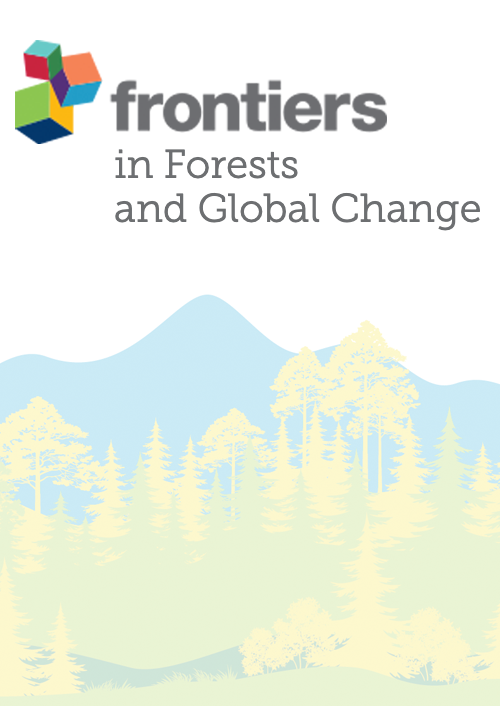This study estimates community forest tree species’ energy using allometric models. Accurate tree-level energy stock estimation is needed to evaluate community forest tree species for renewable energy development. Three commercial species in community forests utilized as temporary energy sources, Falcataria moluccana, Swietenia macrophylla, and Tectona grandis were sampled by cutting 45 trees. Those tree types were investigated as co-firing materials supplied by the community while the region develops a strategy including finding the best species for continuous wood energy stock to power Java and Bali. This study recorded data to compare with the potential determined fast-growing species established specifically for the next annual energy stock. Multiplying the biomass calorific value gave each tree component’s energy stock and adding all energy stock tree components result in an estimate for each tree. Regression analysis was used to make allometric models that use diameter at breast height (DBH) and tree height as predictors. The calorific value of components varied among species, with foliage having the highest (5,021.24 ± 39.37 kcal kg−1), followed by stem (4,352.8 ± 32.07 kcal kg−1) and branches (4,200.11 ± 33.54 kcal kg−1). Thus, leaves could be used for energy as trees are harvested for timber. All species stored most energy in stems (60.59 0.97%), branches (27.04 1.13%), and leaves (12.38 0.84%). As DBH classes grew, the energy stock of stems and branches improved but foliage fell. With adjusted R2adj of 0.84–0.99 and root mean square error (RMSE) of 0.03–0.64, allometric models accurately assessed species energy stocks in each component and the overall tree. Tree height does not necessarily improve model accuracy; therefore, each species had a different best-fit model. Generalized allometric models for all species might estimate component and tree energy storage and our study demonstrated that allometric models could measure community forest tree species energy stocks. These should also be estimated for the next species for co-firing wood biomass when coppice harvest is applied. The above alternative species and the proposed much faster-growing species for co-firing are compared.
DOI:
https://doi.org/10.3389/ffgc.2024.1373683
Jumlah Kutipan Dimensi:



















